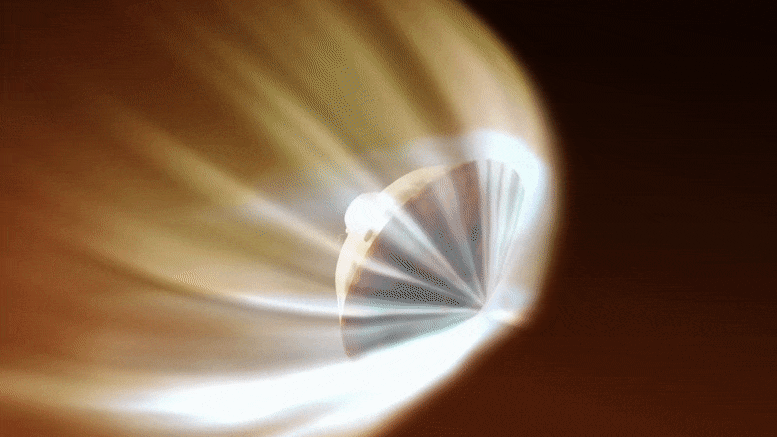
In this illustration of its descent to Mars, the spacecraft containing NASA’s Perseverance rover slows down using the drag generated by its motion in the Martian atmosphere. Credit: NASA/JPL-Caltech
How do spacecraft slow down? Rigid heat shields and retropropulsion have been the favorites of engineers for years. Now NASA is testing a new inflatable heat shield technology that could allow us to carry even larger payloads to worlds with atmospheres.
Launched on November 10 aboard a United Launch Alliance Atlas V rocket along with NOAA’s JPSS-2 mission, the Low-Earth Orbit Flight Test of an Inflatable Decelerator, or LOFTID, will demonstrate the heat shield’s ability to slow down and survive atmospheric entry.
Well, there are primarily two methods of thought for how spacecraft slow down and you really have to ask yourself, “Are we landing in an area that has an atmosphere?”
If not, you definitely want to go with retropropulsion, where you use retro thrusters pointed down at the surface of the planet to slow yourself down as you’re coming in.
If you do have an atmosphere, that makes it a lot easier, as the atmosphere acts as kind of a giant brake as you slow down. So you have your missions like Apollo that used retropropulsion when we went to the Moon.
When you’re able to use the atmosphere, you have your heat shield on the blunt end of your spacecraft coming into the atmosphere. And then the parachutes will come out and slow you down the rest of the way to provide that safe landing.
This reel depicts key events during entry, descent, and landing that occurred when NASA’s Perseverance rover landed on Mars on February 18, 2021. In the span of about seven minutes, the spacecraft slowed down from about 12,100 mph (19,500 kph) at the top of the Martian atmosphere to about 2 mph (3 kph) at touchdown in an area called Jezero Crater. Credit: NASA/JPL-Caltech
Here at NASA, we’re constantly developing new technologies to help with that entry, descent, and landing, or EDL. Some of the trick in entering atmospheres is when you do have it but it’s really thin.
One of the technologies NASA is developing to handle those is called HIAD, Hypersonic Inflatable Aerodynamic Decelerator. The HIAD can come as a heat shield much like the blunt body heat shields of those older missions that were made out of ceramics or metals, but were very hard.
However, HIAD is a flexible woven system that compacts really, really small. So you’re able to actually get a very small heat shield inside your rocket diameter.
With HIAD, when the fairing comes off, the heat shield can then inflate and expand to a diameter much larger than your rocket. Therefore you’re able to bring in a much larger payload than you were before.
So how do spacecraft slow down? We have retropropulsion, you’ve got your rigid aeroshells and parachutes, and coming soon, we’ve got these inflatable heat shields.
We Asked a NASA Expert Video Series
- Why is Venus Called Earth’s Evil Twin?
- Is NASA Really Crashing a Spacecraft Into an Asteroid?
- Is NASA Aware of Any Earth-Threatening Asteroids?
- When Was the Last Time an Asteroid Hit Earth?
- How Did Perseverance Mars Rover Pick Its Landing Spot?
- What if an Asteroid Was Going To Hit Earth?
- Did Mars Ever Look Like Earth?
- What Are Lagrange Points?
- What Are the Trojan Asteroids?
- Is There Oxygen on Mars?
- Does NASA Know About All the Asteroids?
- Do Aliens Exist?
- Is There Weather on Mars?
- Will an Asteroid Ever Hit Earth?
- Is Mars Habitable?
- Could Microbes Survive a Trip to Mars?


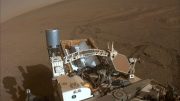

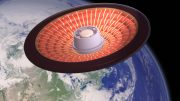
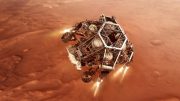
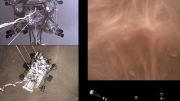
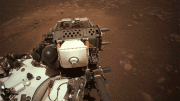
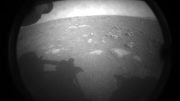
How to write a science bulletin: attach a video and use, word for word, the dialogue in that video as your bulletin text.